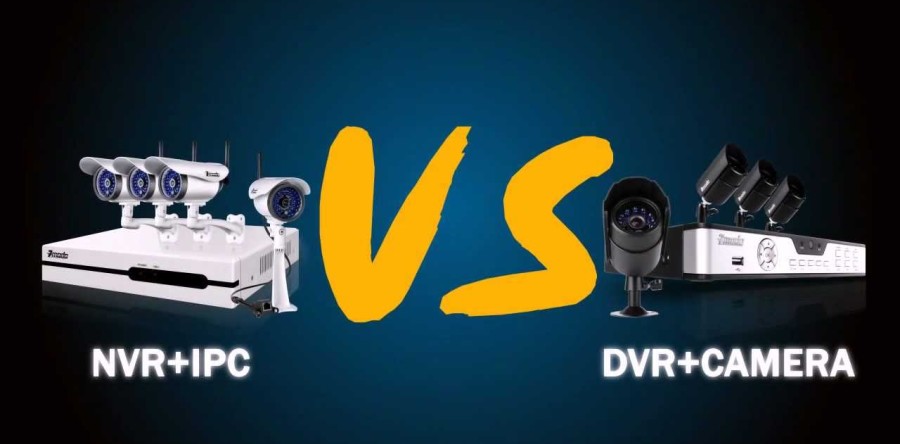There is currently a move away from outdated DVRs used in the analog CCTV world to a more standardized and scalable IP-based video streams and storage. There are four distinct trends driving the demise of the DVR:
Edge or "on camera" storage is made possible by the increase in storage capacity of SD/MicroSD cards. Thirty-two gigabytes is standard today with 64 GB and higher capacity emerging to allow for extended time periods of recording to reside directly on network cameras and video encoders that support this technology. This edge storage can be used standalone with the video files retrievable as needed or used in conjunction with one of the other storage solutions as fail-over redundancy.
A second trend is the use of Network Attached Storage (NAS) devices to store the network video. Interestingly, this deployment can be used as a standalone archive in conjunction with SD card storage as described earlier or as edge storage for larger or more robust storage located in a local or remote data center or server room. Both SD card and NAS storage offer perfect solutions for small system size solutions dominated by analog technology commonly found in offices and retail stores.
A third trend is directly the result of lower cost per Gigabyte of storage drives. IT will find now a strong focus from the "Big Data" manufacturers on physical security and the associated Video Management Systems (VMS) and Video Analytics. While network video is growing beyond just watching and storing video to keep track of bad guys and into many marketing-related behavioral trend and business operation analysis, the desire for higher quality video and longer storage periods of time are driving the requirements for substantially greater amounts of storage capacities. Dump the appliance and go with reference architecture from the server manufactures. From an IT perspective, these are the companies that you are already well versed in. Again, this centralized storage approached is often paired with an edge or intermediary secondary storage such as SD or NAS for fail-over and bandwidth mitigation purposes.
Lastly, coupled with any or all of the previously covered storage trends and methodology is the IT move towards the cloud, otherwise known as hosted video surveillance. However, when looking for an recurring revenue opportunity in hosted video services, the existing partnerships between software, camera hardware, and cloud service providers is key to creating fast, easy, and scalable cloud alternatives for network video. The key to adoption has been bringing together trusted and well know hosting providers and incorporating various edge-to-cloud storage and streaming technologies to create easy to deploy, secure, and scalable services. Multi location gas stations, retail, and quick-serve organizations are all examples of early adopters of cloud-based video surveillance storage. This approach allows for secure central access of video from a mid to large number of locations that are in a geographically dispersed environment. This approach can be as a single point of recording and storage or used in combination of one of the previously referenced design architectures. The cloud approach also offers an affordable easy solution for the small business owner that needs an accessible view of his business locations without an IT staff to service the system.

